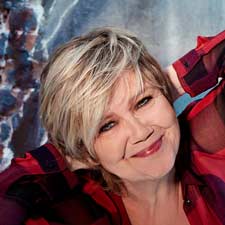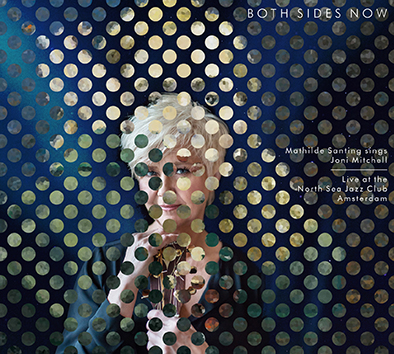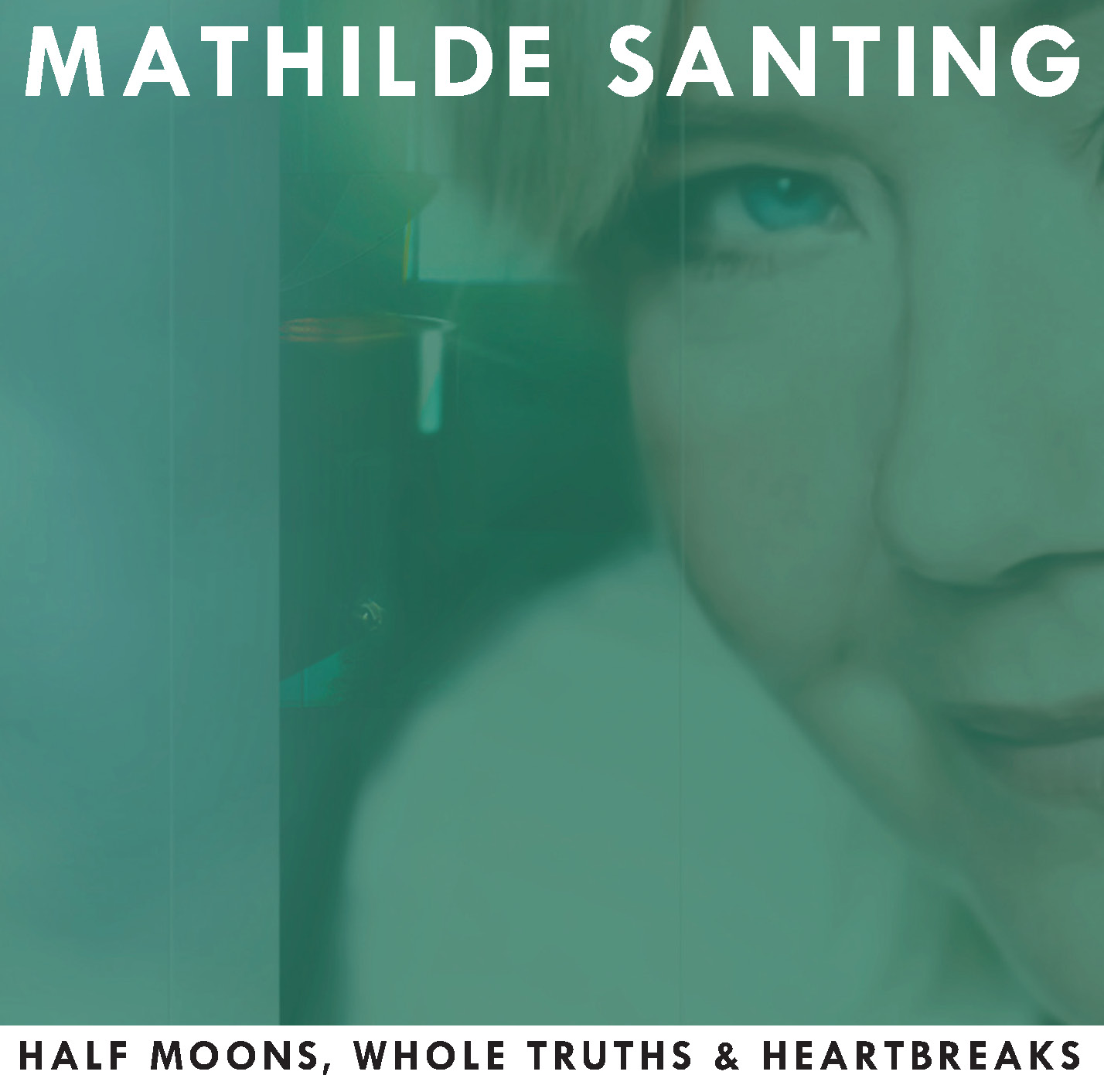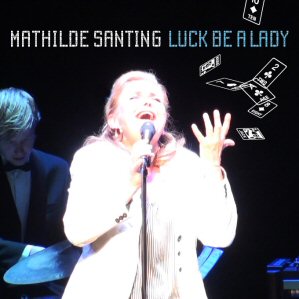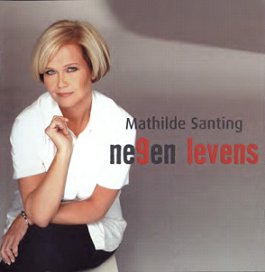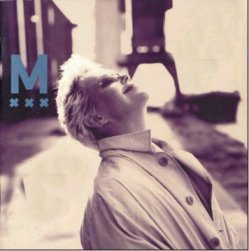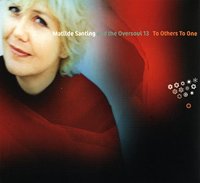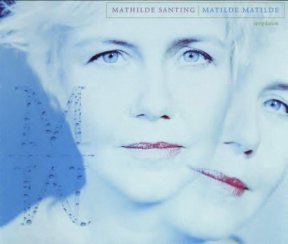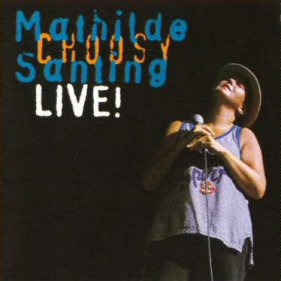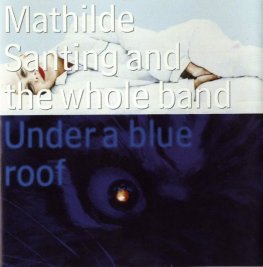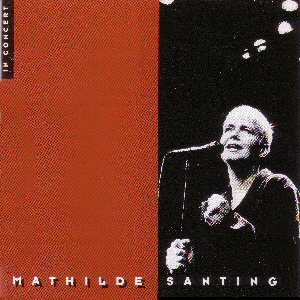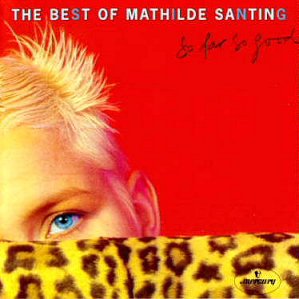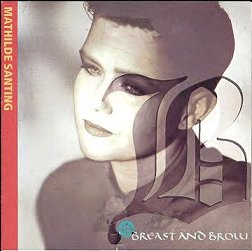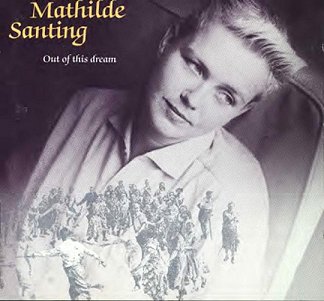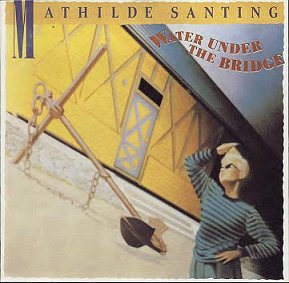The body is conservative
It is generally known that unlearning old reflexes is almost more difficult than learning new ones.
The body produces feelings of discomfort and consequently resistance against the new posture or movement.
This is why a trainer is so important for most pro athletes and usually permanently required.
Only through imitation and game/imagination
Learning the right vocal techniques is a matter of millimeters.
Millimeters of difference in the position of the tongue, the palate, the jaws and also in the muscular tension in the lower body after the deep belly breathing, and the matching relaxation of shoulders, throat, jaws and lips.
It can only be learned by imitating someone, who does it the right way. And it can be imitated like in a ‘game’. Imagination is an important resource.
Breath support is 'da bomb'
Classical vocal technique is a perfect way to learn good breath support. Unfortunately this knowledge is in danger of being lost, because so many vocal teachers haven't been classically trained. Therefore it is not surprising that so much surgery is required nowadays. Speech therapy only helps people partially, because the proper techniques can really only be learned SINGING.
Learning to breathe and learning to relax the throat, larynx and jaws by taking speech therapy are very effective ways to prevent or to cure problems.
Breath support is ALWAYS necessary and doesn’t cause a Classical sound. The use of sufficient breath support is also INDISPENSABLE for modern ‘sounding’ singing in order to keep the voice healthy and for making dynamics in a safe way.
Unamplified music
The Classical vocal technique is based on the ability to sing unamplified and so to safely produce enough volume.
Hereby a sound ideal has arisen that, in contemporary music, is not experienced as beautiful, genuine, and usable.
Cathrine Sadolin has studied rock, pop and soul singers and in this way has developed a spectacular new singing technique. She hasn't left the older classic technique behind, but she does name several vocal functions (in fact 4 different mouth positions) and prescribes the use of certain vowels in certain voice levels. (Only when utilizing Classical technique can one sing all vowels in the higher registers safely). The singers that use her techniques are filmed to prove that these techniques don’t harm the voice. She is regularly flown in by big names to help them with their voice problems. Just one session with her method, applied correctly, and they regain their voices and can continue their stadium concerts.
Sadolin is more a technician than a musician. Her lessons are good but in order to use her methodology to produce tasteful dynamics, additional knowledge and musical insight and ability is needed.
Intonation is only possible when you can hear yourself
Most instruments are tuned before the beginning of a concert or a recording session. With singing every new note has to be intonated. Because intonation is thus only possible when you can hear yourself, this is usually quite easy to achieve in a recording studio. But that is very different from a concert situation.
Because singing out of tune is so ugly, a singer often gets the uncontrollable urge to produce too much volume. The special techniques of Sadolin are often not needed in the studio, but during concerts they are almost indispensable.
It is not superfluous to say that poorly-monitored vocals combined with the volume of the other instruments onstage can often worsen the intonation problems of the singer.
Damage
During singing the use of breath support opens the throat. This breath technique is based on the unusual combination of tension and relaxation in the body of the singer. Muscles will only get stronger by using them correctly and then by training them correctly. In singing, the creation of new muscle memory is essential.
The throat must be open to give the vocal cords space for their sine-wave-shaped movements. With not enough space in the throat you get the effect of swinging on a swing-set in a rather too small room. The vocal cords vibrate together with a frequency of 1500 times a second when they hit a high C; one can imagine this produces a result similar to that on the hands of a bongo player. This builds up 'callouses' as it were and can create polyps. The same goes for when the singer allows air to pass through in a vocal function where it is not allowed.
Coughing, dry throat, pain, itch or hoarseness
What if you have to cough, get a dry throat, or feel pain or itching, or are hoarse during or after singing?
Only the singer can feel if there is something happening. The singer must be honest.
There are several mistakes possible, it's not rocket science. It could be that breath support is not properly applied (learned incorrectly or not trained enough). One might sing too loud, use the wrong vocal function, or allow air through in a vocal function where it is not allowed, or one sings too high on the wrong vowel.
Surgery sometimes fails
Surgery sometimes fails, or can be reversed by repeating the same mistakes.
Vocal cords are as small as the nail of a pinky. So surgery is a risky affair.
Sometimes the voice loses its beauty because of the operation. If one goes on singing with the same technical mistakes the problem can return.
After undergoing surgery Julie Andrews could no longer sing. She undoubtedly developed her vocal problems singing in musicals in New York. Too often singers don’t get any rest.
Besides using the proper vocal techniques there is not much you can do for a voice.
Rest, silence, sleep, drinking a lot of water and acupuncture always seemed to help me, but not as much as Sadolin's new approach, and the breath support that I, as a young girl, was taught during my Classical singing lessons with Elisabeth Ooms.
Only experienced specialists
Only experienced specialists are able to teach the right techniques and processes.
The most successful singers often don’t teach singing. And this while singers that depend on teaching for their livelihood often have less experience with the problems of amplified music onstage, and with the influence of acoustics, how monitors work and their effect on hall amplification. They’re also not experienced in the pressures associated with the full concert agendas of their professional colleagues.
A good singing teacher must know and be able to perform both the Classical vocal techniques as well as Sadolin’s modern methodology. They also need to have a solid insight in all aspects of recording and amplifying music.
For example, the vocal warm-ups taught are too often simply not for professionals. It is much more effective to perform the different vocal functions and their matching breath support before the beginning of a rehearsal or concert.

